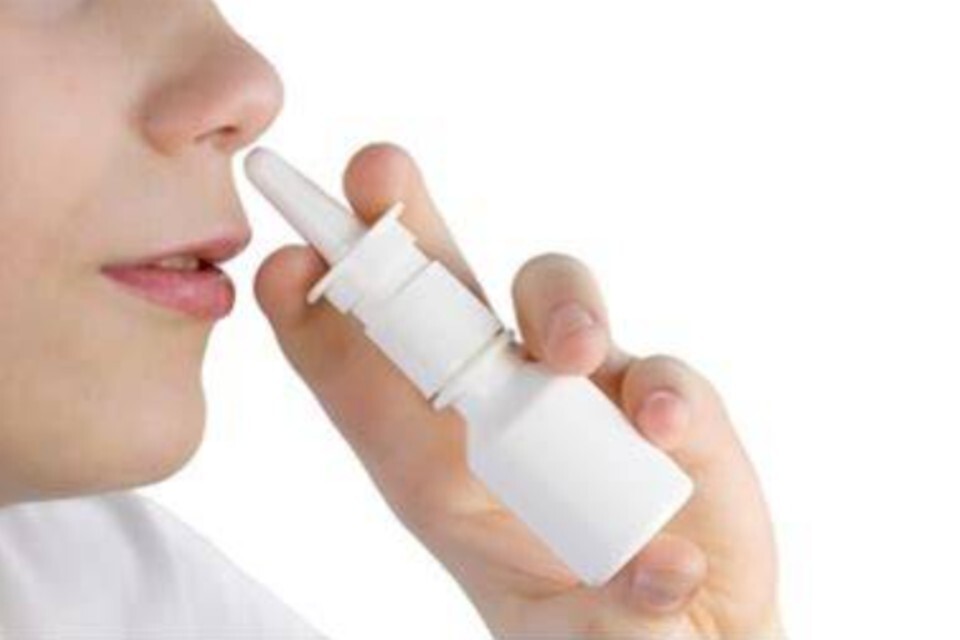Adrenaline Nasal Spray Approved for Anaphylaxis: A Needle-Free Revolution
On a sunny afternoon in late July, a mother at a busy local park watches her son, Jamie, eagerly dive into a sea of laughter and play. Suddenly, he stops, clutching his throat, gasping for air. The bright day turns harrowing as panic ensues, highlighting a moment that over 2 million people in the UK fear: anaphylaxis. This life-threatening allergic reaction, often triggered by foods like peanuts or shellfish, necessitates immediate medical intervention. With the recent approval of a needle-free adrenaline nasal spray, EURneffy, the UK has taken a significant step in emergency health care, potentially saving countless lives.
The New Landscape of Anaphylaxis Treatment
The Medicines and Healthcare products Regulatory Agency (MHRA) announced today, 18 July 2025, that it has approved EURneffy for the emergency treatment of anaphylaxis. This innovative nasal spray formulation offers a ready-to-use alternative to traditional auto-injectors, which have long been the standard for self-administration of adrenaline (epinephrine).
Dr. Emily Carter, an allergist at the University College London Hospitals, states, “This approval is a game changer. For patients, the simplicity of a nasal spray can reduce anxiety associated with injections. It can be especially beneficial in a chaotic emergency where every second counts.”
Unlike the standard auto-injectors that require careful handling and precise injection into the thigh, this nasal spray delivers a full dose of adrenaline (2mg) upon activation, making it easier for individuals and caregivers alike to administer. The spray is suitable for patients weighing 30 kg (66 pounds) or more and becomes a vital piece of emergency preparedness for families affected by severe allergies.
Anaphylaxis: The Silent Threat
Anaphylaxis is a condition characterized by a rapid onset of symptoms, including difficulty breathing, a sudden drop in blood pressure, and swelling. These responses can escalate quickly, necessitating immediate medical attention. According to a study published in the Journal of Allergy and Clinical Immunology, nearly 2% of the UK population is at risk of anaphylaxis, with rising cases attributed to an increase in food allergies.
- Adrenaline is the first-line treatment for anaphylaxis, countering the severe symptoms and providing critical time for emergency services to arrive.
- Casualties from anaphylaxis can occur within minutes, underscoring the importance of rapid administration.
- Malfunctioning or missed auto-injector use can lead to fatalities, further emphasizing the need for alternative methods.
Dr. Sarah Hawthorne, a pediatric emergency physician, echoes these sentiments: “Children, especially, can be apprehensive about needles. A nasal spray reduces trauma in an already overwhelming situation, ensuring that families can act swiftly without the added fear of a needle.”
Use and Storage: Simplifying Emergency Preparedness
To maximize the nasal spray’s effectiveness, users are advised to carry two units, allowing for a backup in case the first dose proves inadequate. The product is designed to function effectively even when nasal passages are congested due to allergies or colds, a unique advantage over traditional injectors.
Julian Beach, the Interim Executive Director of Healthcare Quality and Access at MHRA, commented, “While this represents an important new option, adrenaline auto-injectors remain a vital and potentially life-saving treatment. Educating patients on their use continues to be critical.”
Training and Education: Ensuring Readiness
As unprecedented as this advancement is, it does not eliminate the importance of proper training. The MHRA has emphasized that patients must familiarize themselves with the indications and emergency protocols surrounding anaphylaxis. Public guidance is readily available on the MHRA website, serving as a resource for education on emergency responses.
In an initiative reflecting these ideals, schools and community centers are encouraged to provide training sessions for parents and children alike, allowing individuals to practice and prepare for potential emergencies. In light of this new approval, outpatient programs will likely integrate the nasal spray into training modules, teaching families how to respond effectively when faced with an allergic reaction.
Ongoing Vigilance and Future Developments
The MHRA intends to closely monitor the safety and effectiveness of the newly approved adrenaline nasal spray. All medicines pose potential risks, and the agency encourages anyone who suspects side effects to report their experiences through the MHRA Yellow Card scheme.
“This approval not only showcases the potential of innovative treatments but also highlights the rigorous processes involved in ensuring patient safety,” explained Dr. Jane Lewis, a pharmacologist at the NHS. “As providers, we must remain vigilant and ensure that patients are adequately informed.”
A Call to Action
The approval of EURneffy is but a beacon of hope for those affected by severe allergies. As more patients embark on their journeys with this nasal spray, the collective responsibility extends beyond regulatory bodies to families, schools, and communities. Education, preparedness, and ongoing dialogue are essential to transforming this innovation into a true solution for managing anaphylaxis.
As families wrestle with the anxiety of potential emergencies, EURneffy stands ready to offer a less intimidating alternative, empowering individuals to take charge of their health in a world where the unexpected often lurks in plain sight.
Source: www.gov.uk


